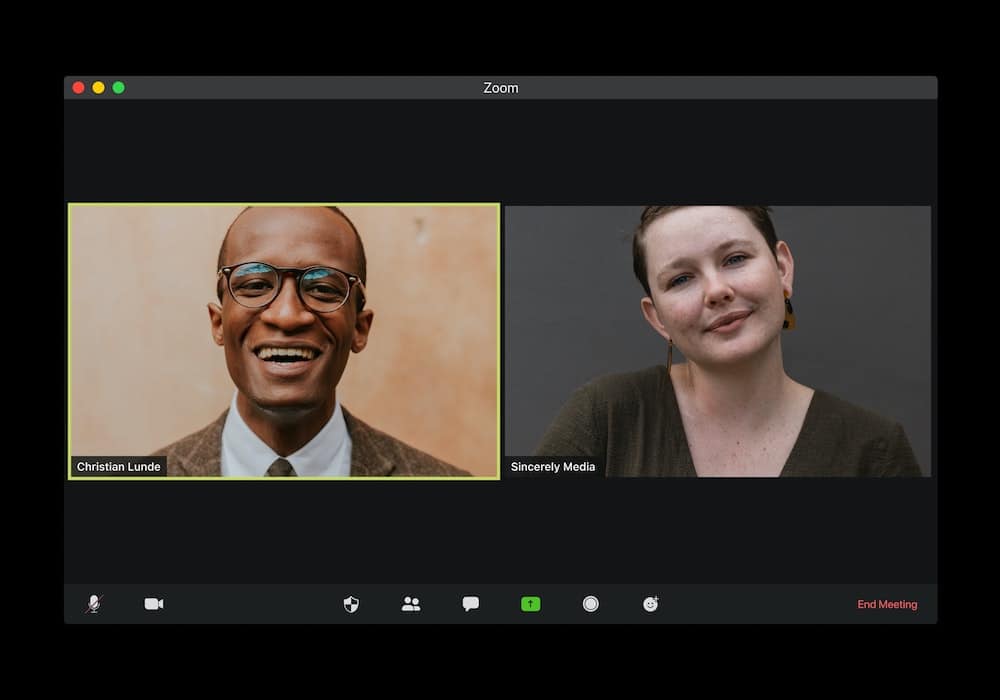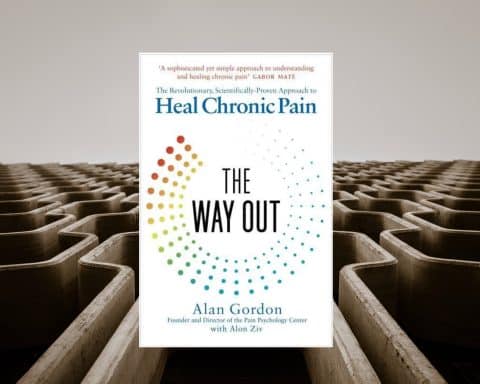Kate King is a GP trainer and Senior Lecturer in Military General Practice. She is on Twitter @DrKate_King. Mike Smith is Professor in Military General Practice and is on Twitter @DefProfGP
There are two PDFs available with this article at the bottom of the post:
Jump to Video Consulting Infographic°
Jump to Guidance for Delivering Safe & Effective General Practice Using Video Consultation°
Video consultation has been rapidly added to the GP’s arsenal of consulting tools since coronavirus restrictions started impacting on the way we are able to work. The lure of new technology is enticing and is actively promoted by the Secretary of State and NHSX. Even before pandemic imposed social distancing measures, video consulting was on the horizon for us all. It does seem intuitive that video consulting is better than telephone and more like face-to-face consulting. Nationally recognised figures have even suggested that video consulting is just the same as a face-to-face consultation, but with some added tech at the beginning. It is not that simple.
Quality general practice relies on the relationships that are developed between GPs and patients within consultations.
Anything that changes the conduct of the consultation inherently risks changing the effectiveness of the consultation. This is reflected in some of the published literature. One of the most detailed studies of video consulting in primary care, published in the BJGP last year,° raised doubts about the quality of video consultations; suggesting that video consulting was little better than telephone and both were inferior to face-to-face. We need to use video; it is going to be part of general practice in the future irrespective of temporary pandemic provisions. We need to make sure that we get it right to protect the quality and effectiveness of the consultation, but why is it not the same as face-to-face?
To help GPs develop a consulting style that is safe and effective, our department have reviewed the evidence in primary care and other specialities and developed a set of guidance notes and a desktop infographic. These have been used with good effect in a pilot study of standardised patients* and cases using a video consulting application. A broader study looking at the quality and effectiveness of video consulting is being submitted for ethical approval.
Non-verbal communication
Non-verbal communication (NVC) forms a large part of our interpersonal interactions with patients. We are trained to recognise it and use it to develop the consultation. This is where video consulting gets interesting. Not all NVC is visible on video.
The tone and content of speech is transmitted by video, but facial expressions can be hidden by shadow and gestures missed. Beyond what cannot be seen because it happens off screen, GPs still seem to miss non-verbal cues more on video even when they are visible. The distance between the patient and doctor; the physical barriers of a flat screen and cameras, appear to reduce how well NVC is received by both the patient and the GP. This may be perceived as a lack of empathy towards the patient and increase the likelihood that the patient’s concerns or needs are not addressed. A solution can be to exaggerate NVC, almost like a stage actor, to reduce the feeling of distance and separation.
Eye contact only comes from looking into the camera directly, but this risks missing non-verbal cues.
Active listening needs adapting too. Amplified nods and gestures work effectively, but the mixture of extraneous sounds we make to encourage the patient to talk can cause problems. Audio delays can be miniscule, but they are common on video consultations. An encouraging noise offered when it seemed appropriate by the GP listening, will have been uttered slightly out of synch and then heard even more out of synch with the conversation by the patient after it has been transmitted back over the video link. The impact on consulting from an audio delay was one of the most commonly reported frustrations from our pilot study.
To overcome these problems, regular summaries and verbal acknowledgement of what the patient has said are vital. Checking understanding can be a painful tick-box to GP trainees undertaking observed consultations, but it is key in video consulting. Confirming understanding is a two-way street along the consultation journey.
Summary
Without adapting our consultation style to video GPs risk failing to establish trust or rapport with patients; remaining distant or uninvolved. This may lead to poorer quality assessments of the patient’s health understanding and the GP may miss the psychosocial context; two of the RCGP makers of quality in a consultation.
The lure of new technology is enticing, however in the absence of robust evidence from primary care, clinicians should approach video consulting with due diligence and caution. We hope that the guidance and infographic help GPs overcome the barriers to non-verbal communication and video can become a useful and effective method of consulting.
Associated PDF files
Video Consulting Infographic
Guidance for Delivering Safe & Effective General Practice Using Video Consultation
Featured photo by visuals on Unsplash.
*Editor’s note: This pilot study is not yet published and, in the interests of expediency during COVID-19, this article and these files have not been formally peer reviewed.






